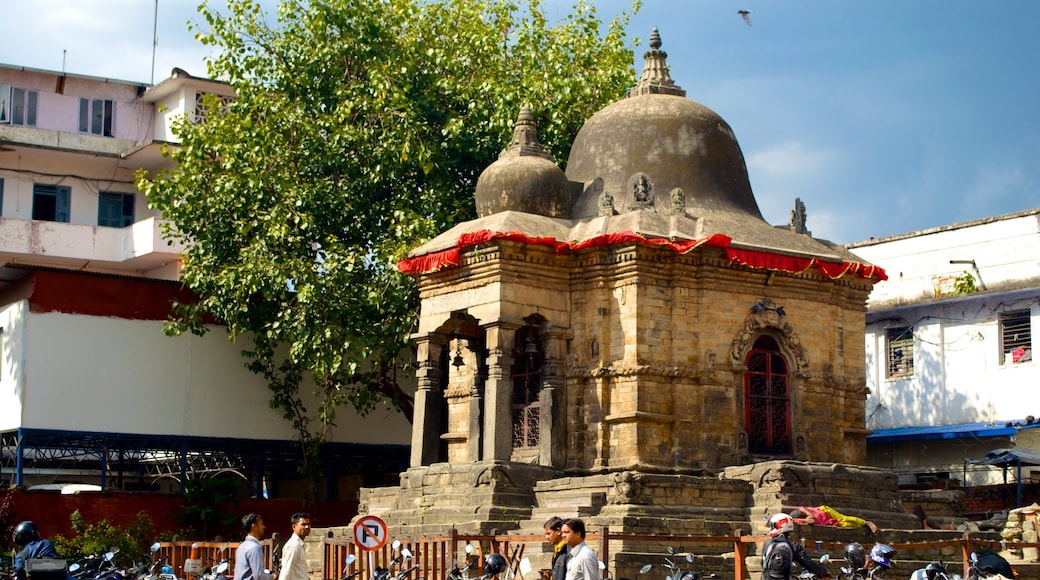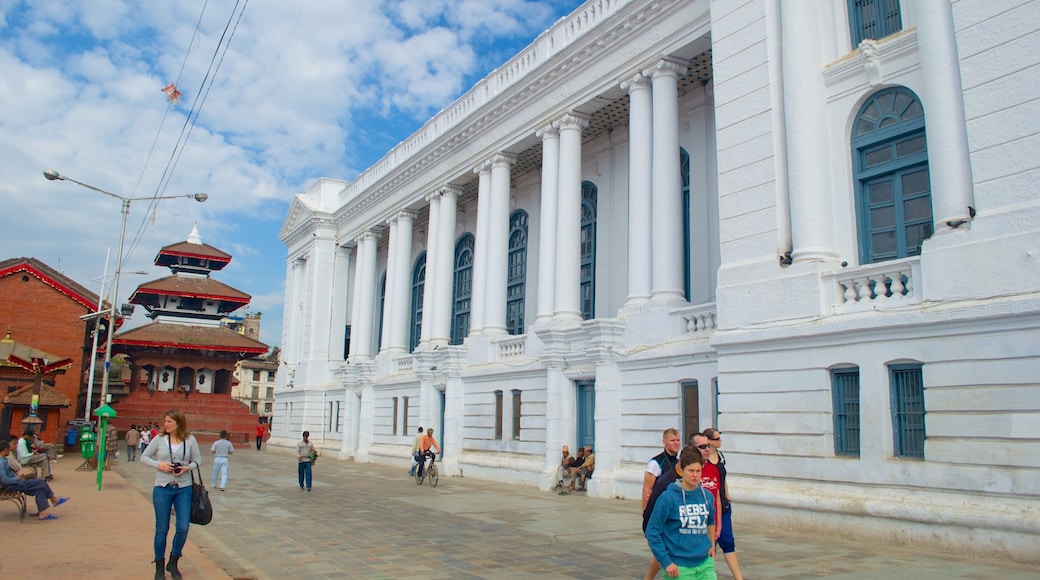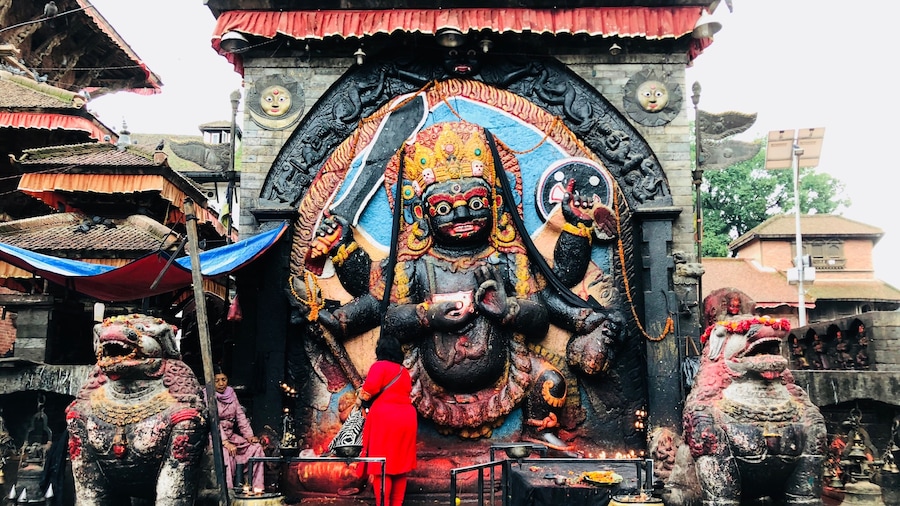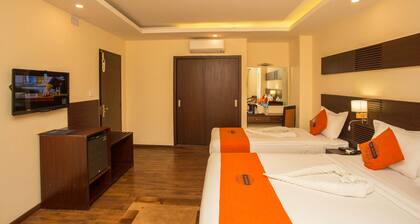The lively historic center of Kathmandu is a place to discover ancient architecture, statues of deities and some of Nepal’s holiest religious sites.
Kathmandu Durbar Square is the traditional heart of Kathmandu, an architecturally impressive complex of ancient palaces, temples, courtyards and shrines. This was once the power base of the city where kings of the ruling dynasties used to live. Come to admire architectural splendor and ancient statues and to visit the home of a living goddess.
Most of Kathmandu Square dates back to before the 18th century, although parts were restored following an earthquake in 1934. The square is a sacred place of pilgrimage for both Buddhists and Hindus.
There are dozens of elegant temples and colorful shrines to see, many adorned with intricate wood carvings. Tour the Hanuman Dhoka Palace, a large complex that was once a royal residence. Visit its many courtyards and buildings, admire the carved doorways of Basantpur Tower and see the statue of the monkey deity after which the palace was named.
Study the erotic sculptures at Jagannath Temple and look up to admire the three-tiered Taleju Temple. This Hindu shrine is not open to the public, but it is well worth spending a few moments observing its magnificent exterior.
Go to Kumari House, which is the home of the Kumari Devi or Living Goddess. Kumaris are selected when they are toddlers and are considered by devotees to be incarnations of a Hindu goddess. They stay in their post until they reach puberty.
Stop by Kasthamandap, thought to be the oldest structure in the Kathmandu Valley. The three-tiered structure dates back to the 12th century and according to legend is made from the wood of a single tree.
Situated in Kathmandu’s city center, Kathmandu Durbar Square is within walking distance of other major attractions, including Ratna Park and the Thamel district. If you don’t want to walk, take a cycle rickshaw or taxi to one of the square’s entrances.
Kathmandu Durbar Square is a hive of activity throughout the day. Admission is by a small fee, payable at the entrance gates. This includes entry to the Tribhuvan Museum, located inside the Hanuman Dhoka Palace. Multi-day passes are available from the tourist office situated in the square’s southeast corner.

















